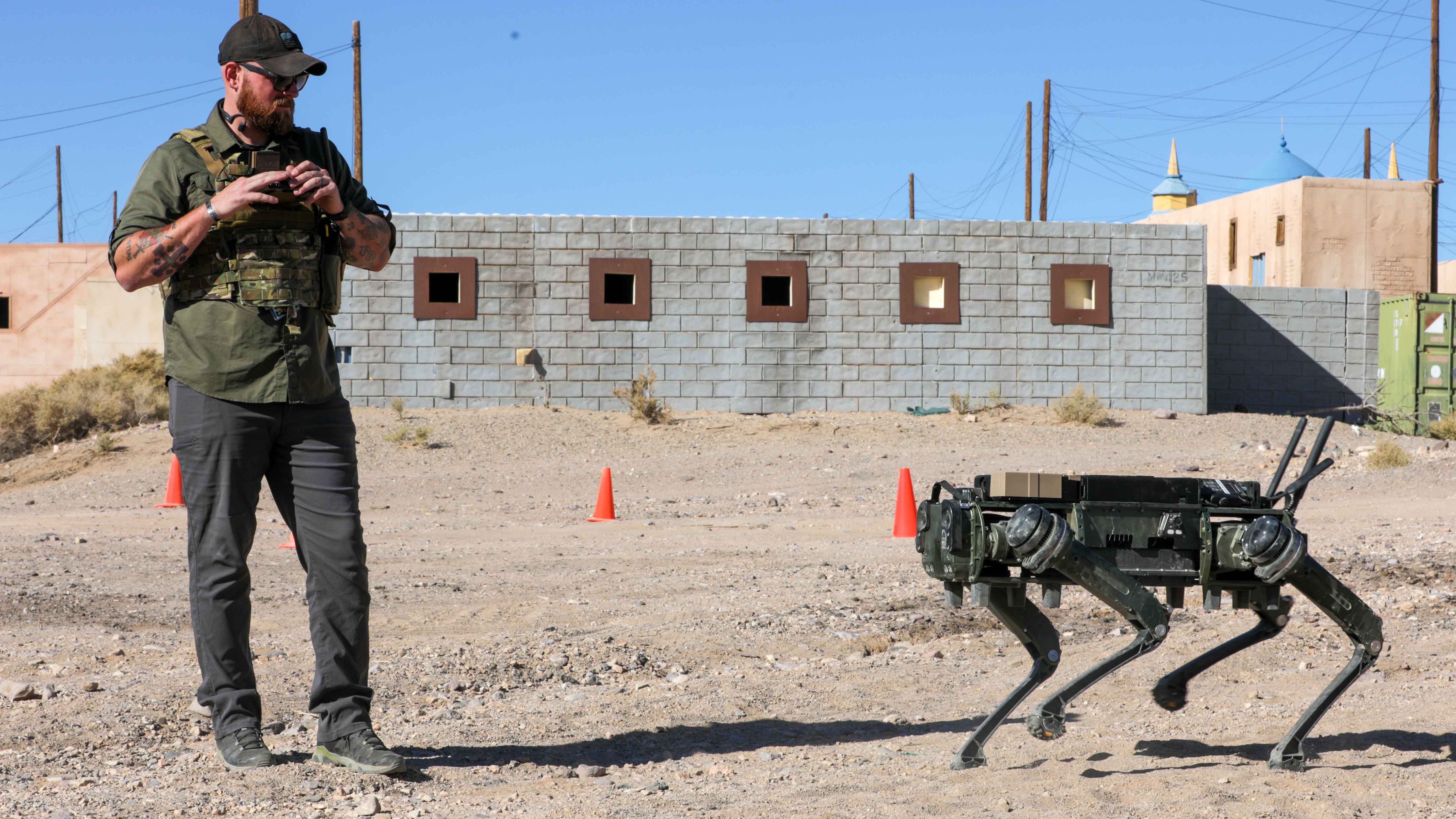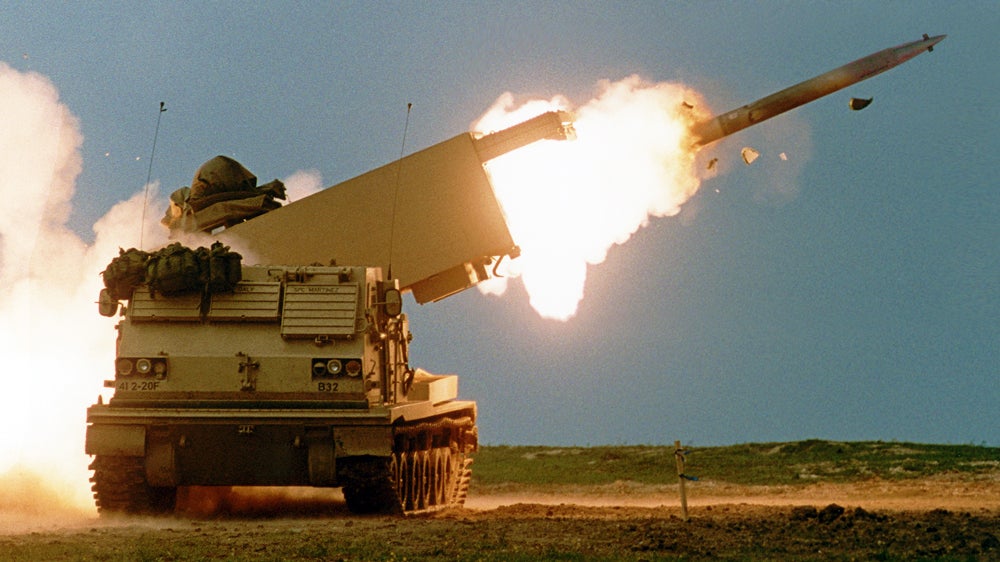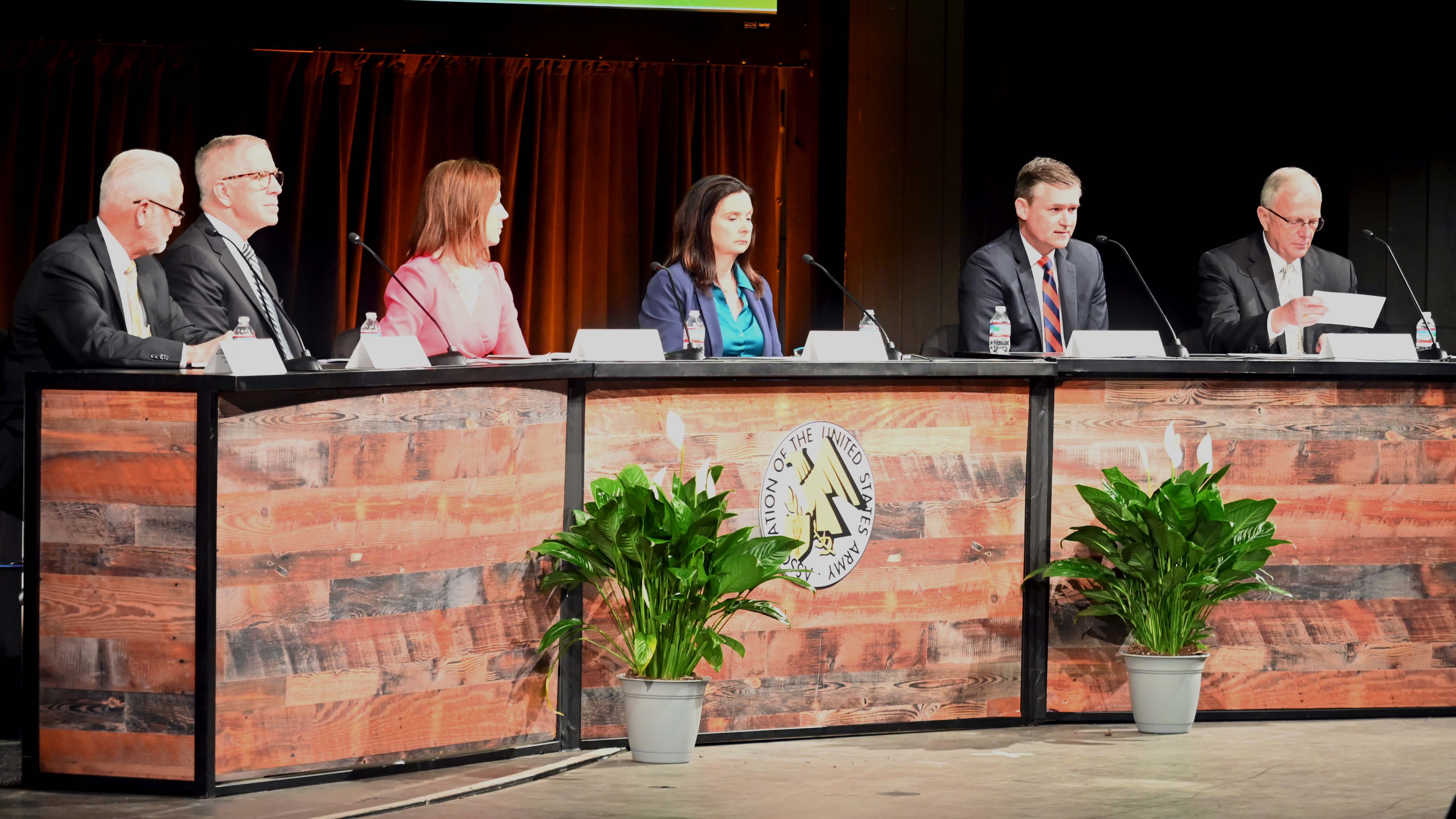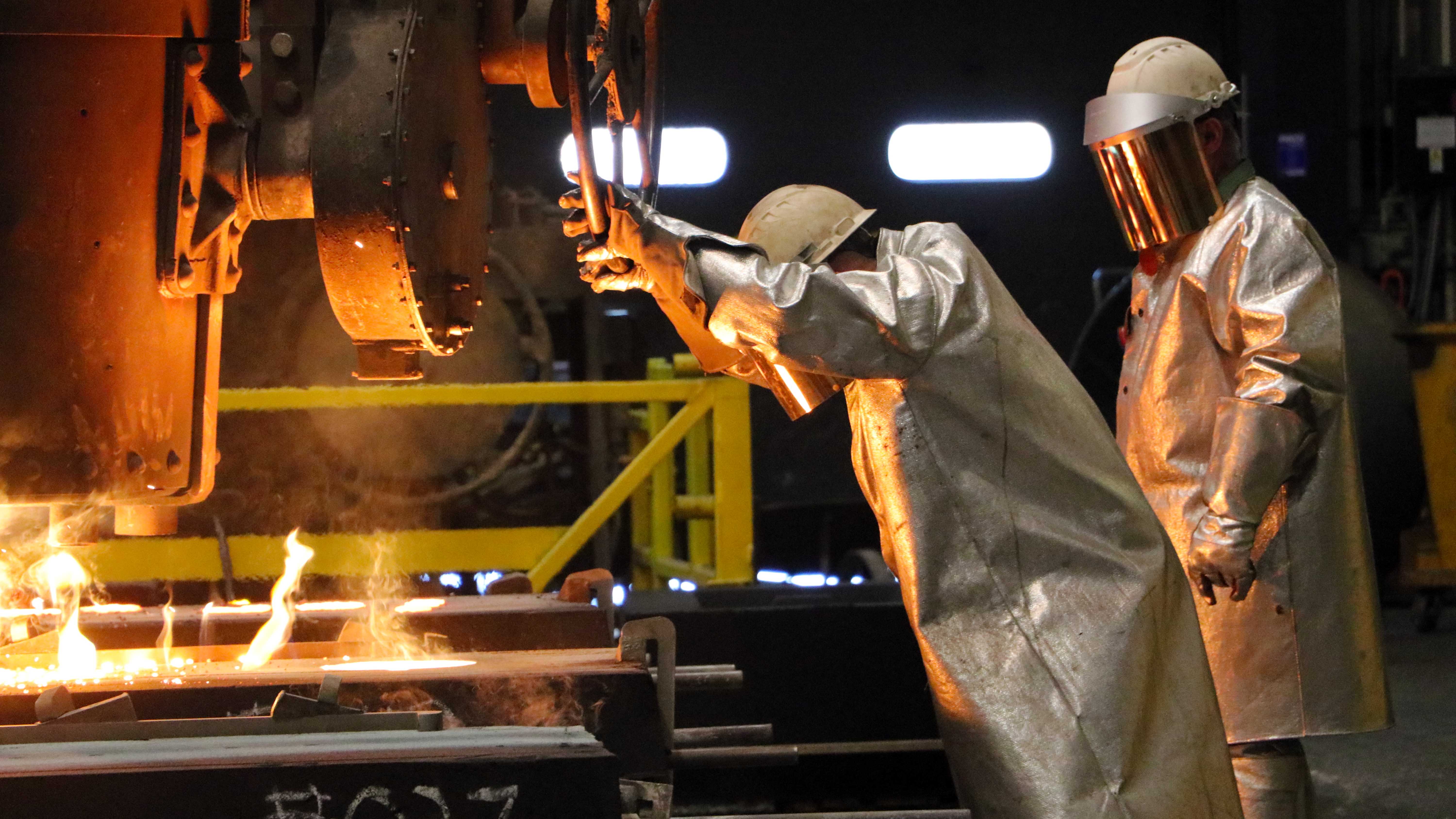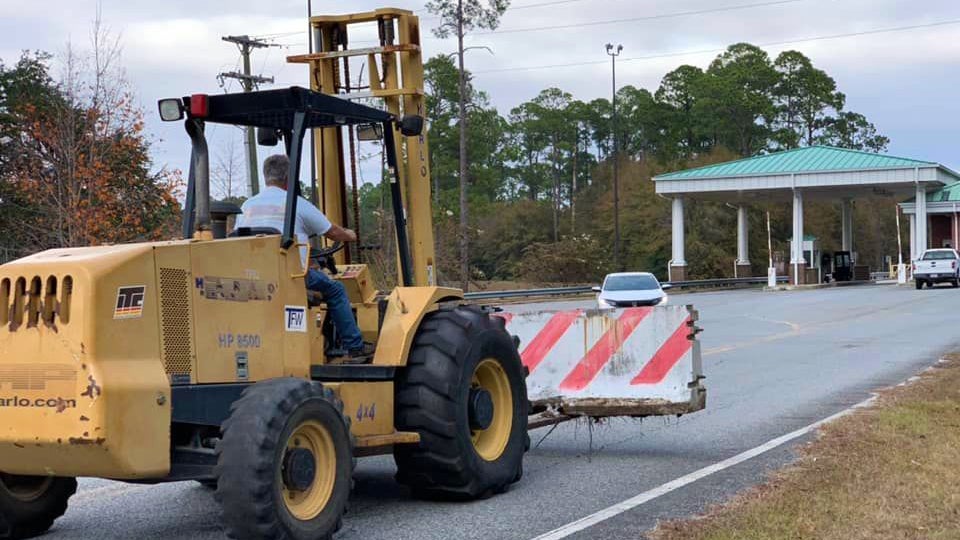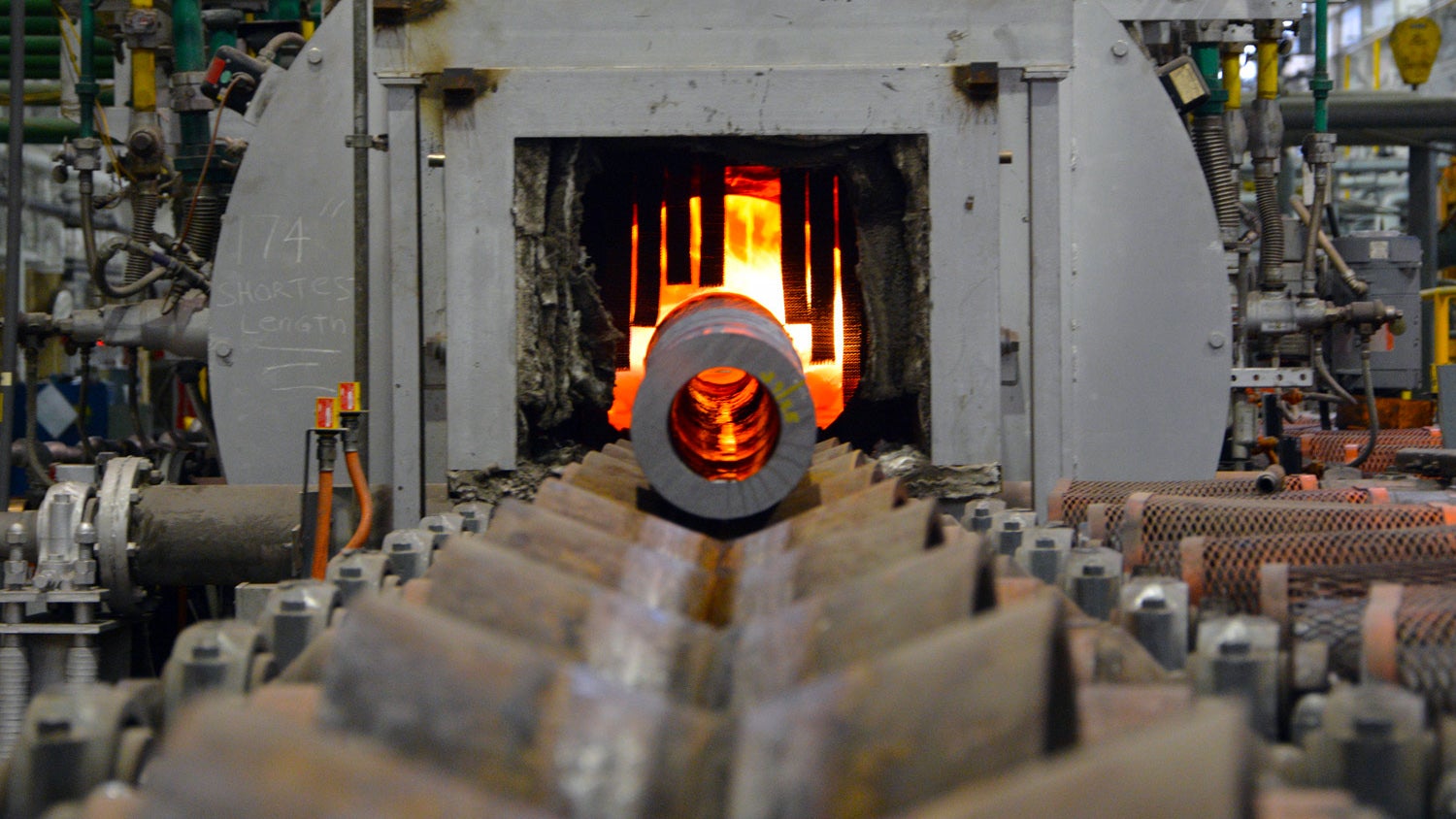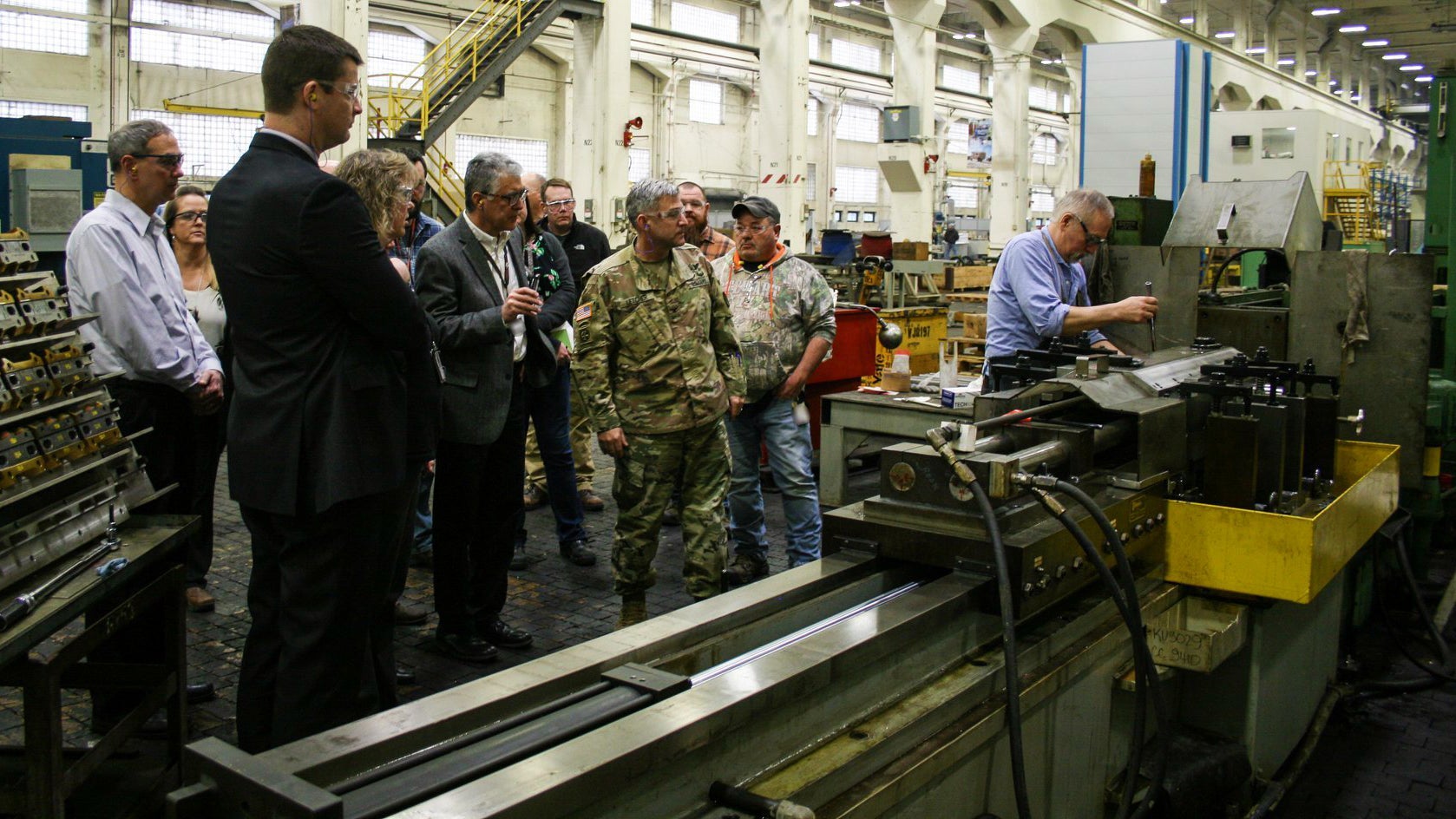Rainey: Army Needs Industry’s Help to Transform
From off-the-shelf technology that can help soldiers today to next-generation autonomous vehicles and command-and-control capabilities, Army Futures Command is looking to its industry teammates for help.
“Indisputably, the amount of technology disruption in the character of war is unprecedented, and it just keeps getting faster and faster,” said Gen. James Rainey, commanding general of Futures Command.


